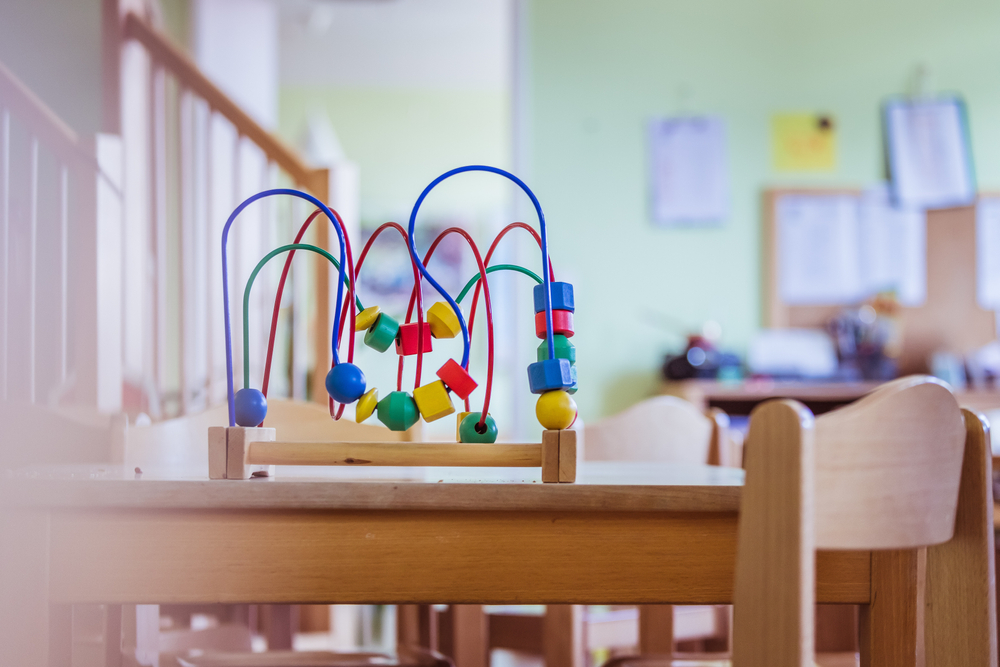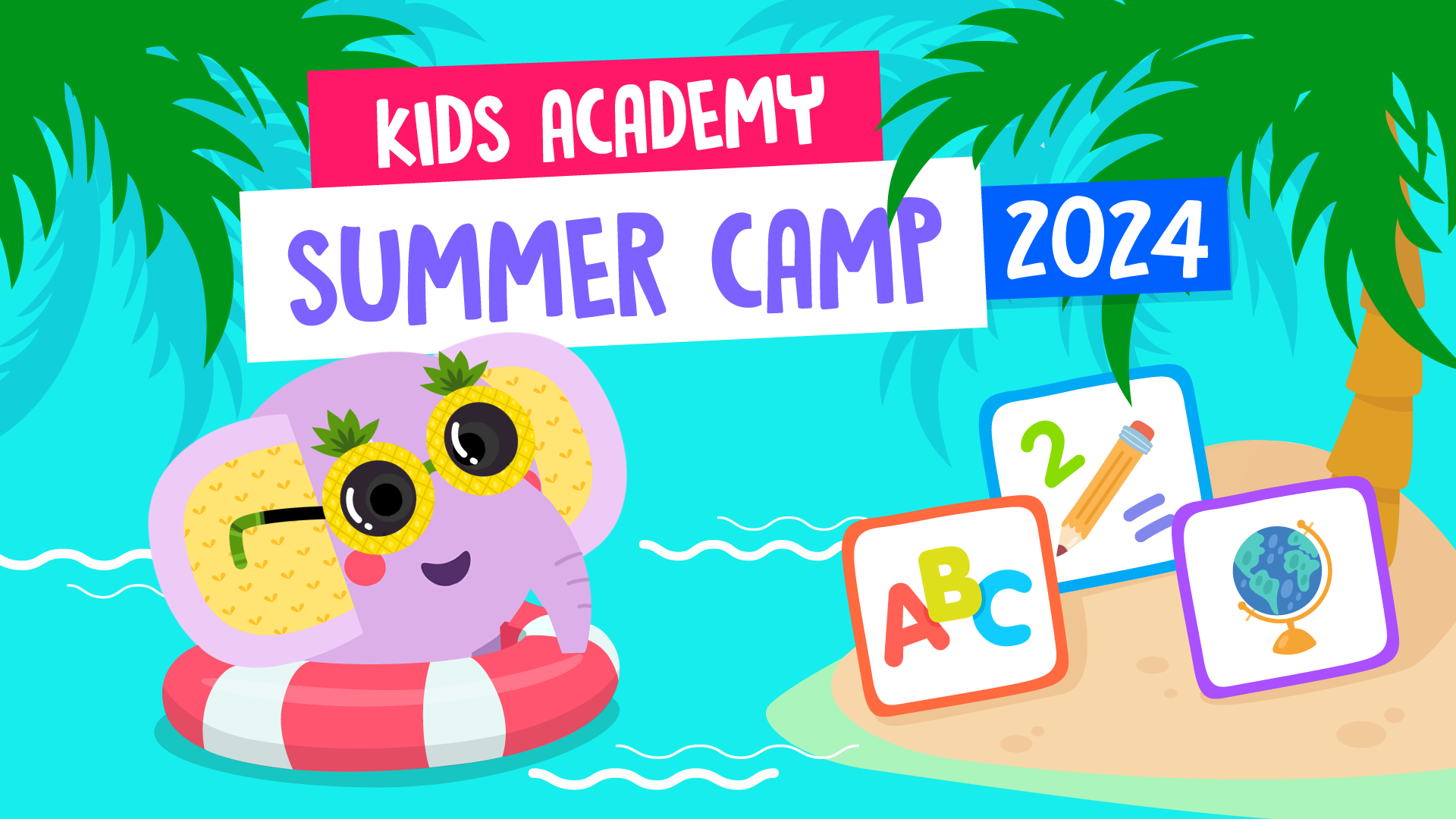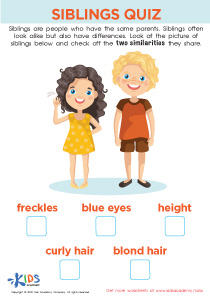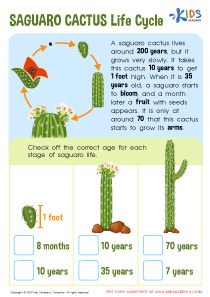Understanding light sources Normal Physical Science Worksheets for Ages 4-8
4 filtered results
-
From - To
Introduce your young learners to the wonders of physical science with our "Understanding Light Sources" worksheets, ideal for ages 4-8. Kids Academy’s printable worksheets are designed to engage children in exploring the various sources of light, whether natural like the sun or artificial like lamps and torches. Through age-appropriate activities and exercises, children will develop important learning skills, such as observation, critical thinking, and basic scientific knowledge. Perfect for homeschool or classroom settings, these worksheets help kids grasp the fundamental concepts of light sources while having fun and nurturing their curiosity about the world around them.
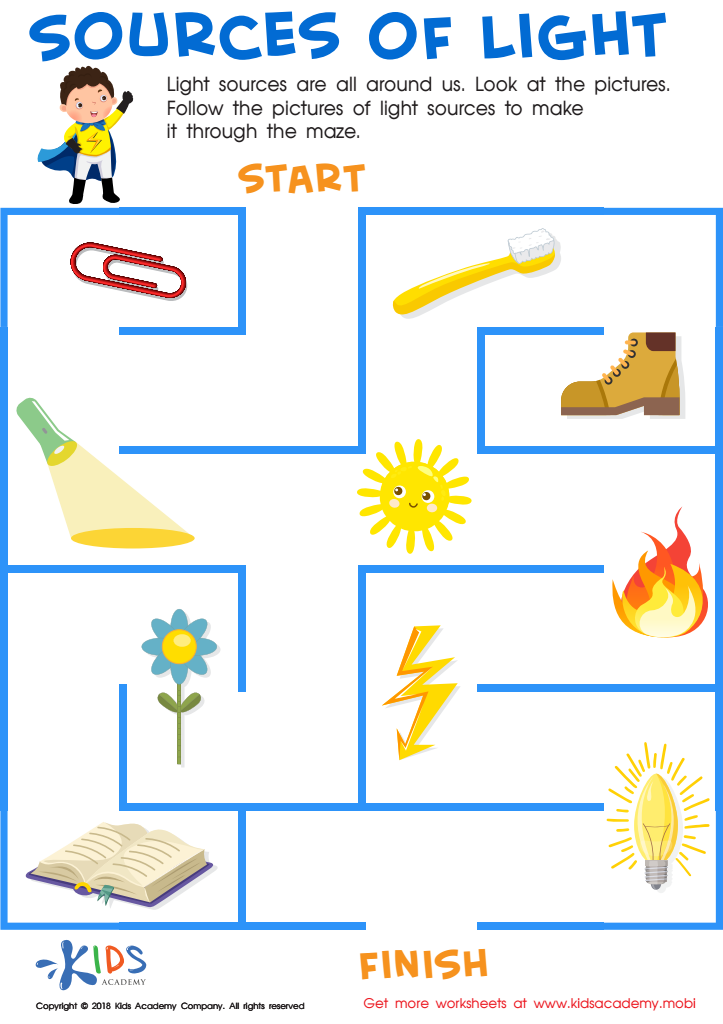

Sources of Light Worksheet
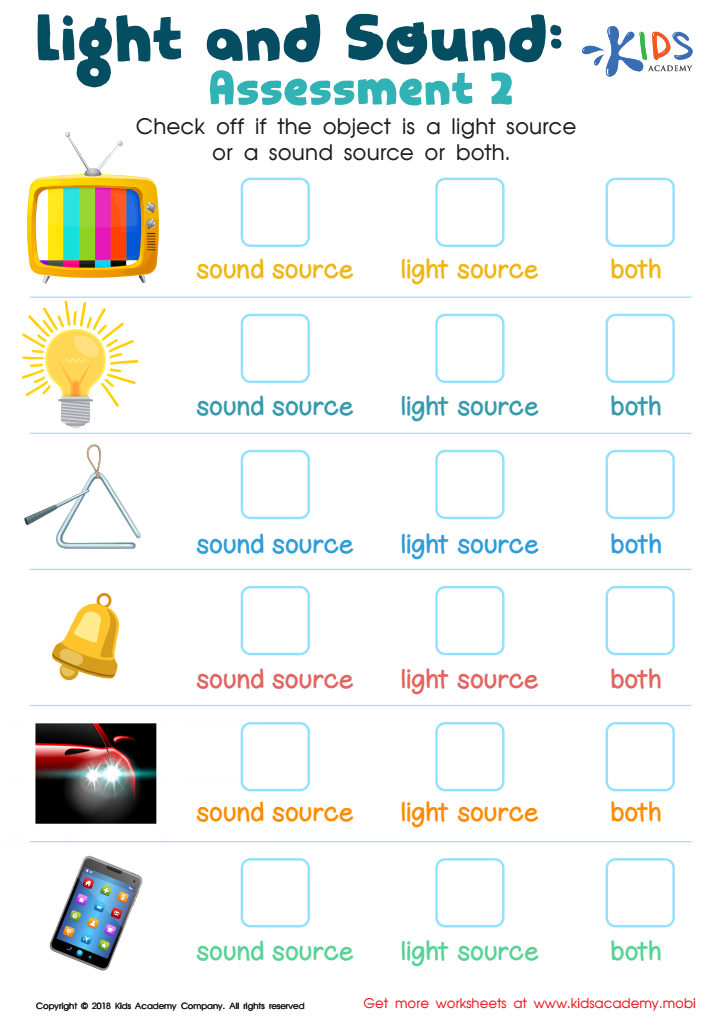

Light and Sound: Assessment 2 Worksheet
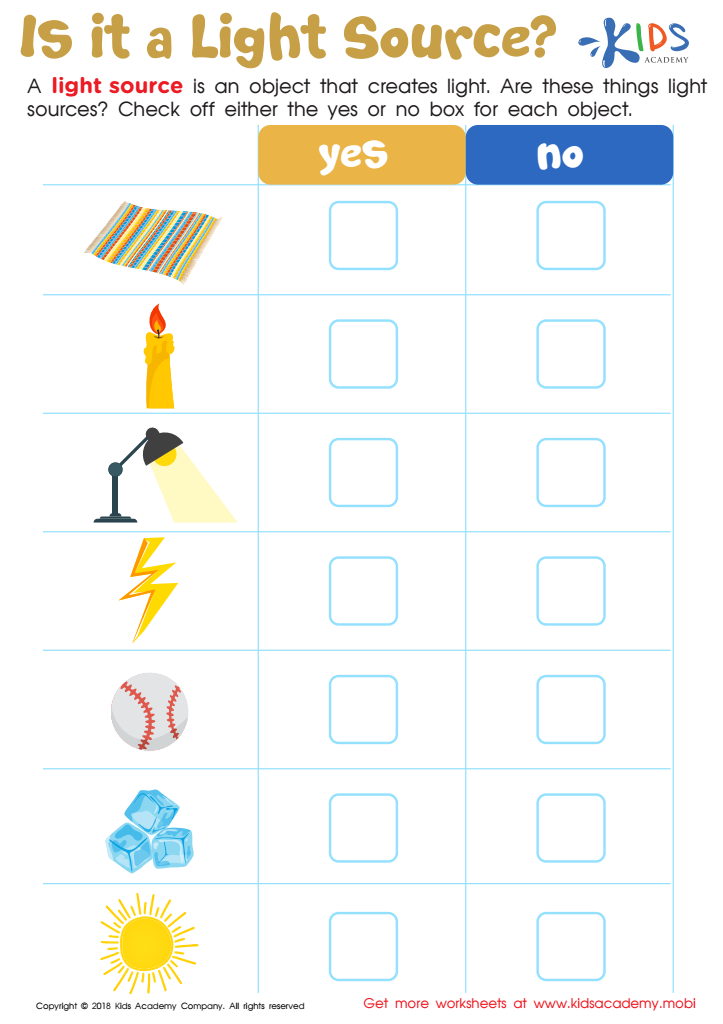

Is It a Light Source? Worksheet
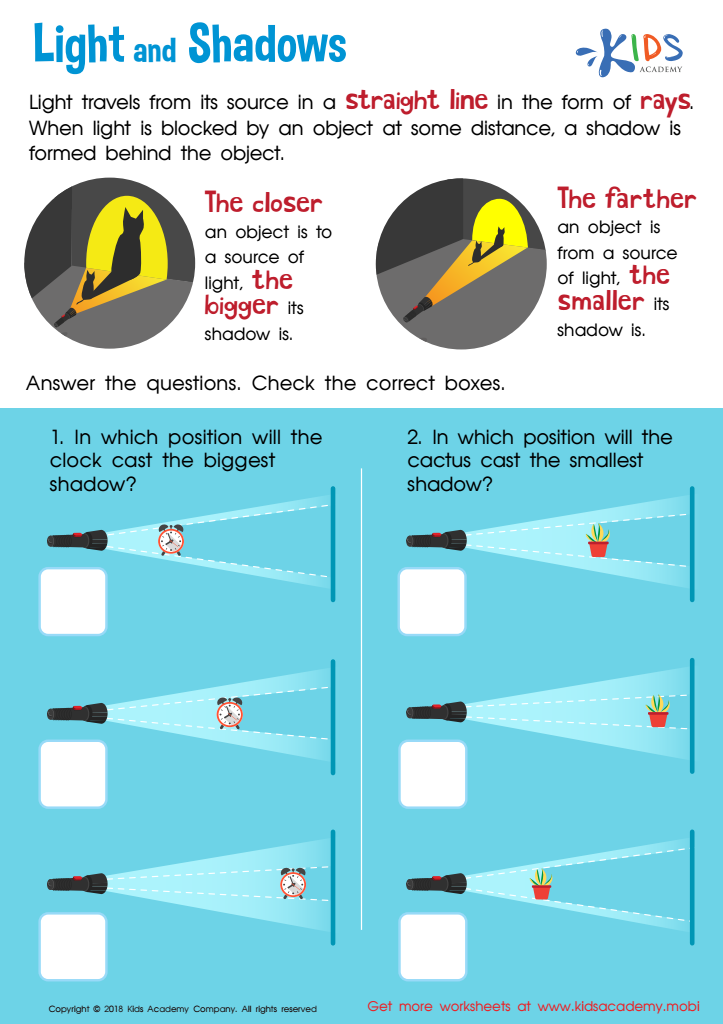

Light and Shadow Worksheet for Grade 3
Understanding light sources is an essential component of early physical science education for children aged 4-8, and it is crucial for both parents and teachers to prioritize this knowledge. At this tender age, children are naturally curious and perceptive, absorbing information from their surroundings rapidly. Learning about light sources lays a foundational understanding of key scientific concepts, fostering a deeper appreciation of the world.
Light sources, such as the sun, lamps, and flashlights, help children distinguish between natural and artificial sources of light. This fundamental concept introduces them to broader scientific ideas like energy and environmental awareness. Knowing that sunlight is essential for life introduces them to the basics of photosynthesis and the diurnal cycle, fostering holistic ecological awareness.
Moreover, hands-on activities, like exploring how shadows form or how light passes through different materials, directly engage their senses and curiosity. These activities bolster critical thinking, problem-solving skills, and curiosity. For example, using simple experiments to see how light creates shadows or rainbows engenders a sense of wonder and helps develop observational skills.
Engaging with these concepts early on ensures that children build a sturdy intellectual foundation, fostering a lifelong interest in science and the natural world. Consequently, both parents and teachers play pivotal roles in guiding young learners through these enlightening experiences.
 Assign to My Students
Assign to My Students


